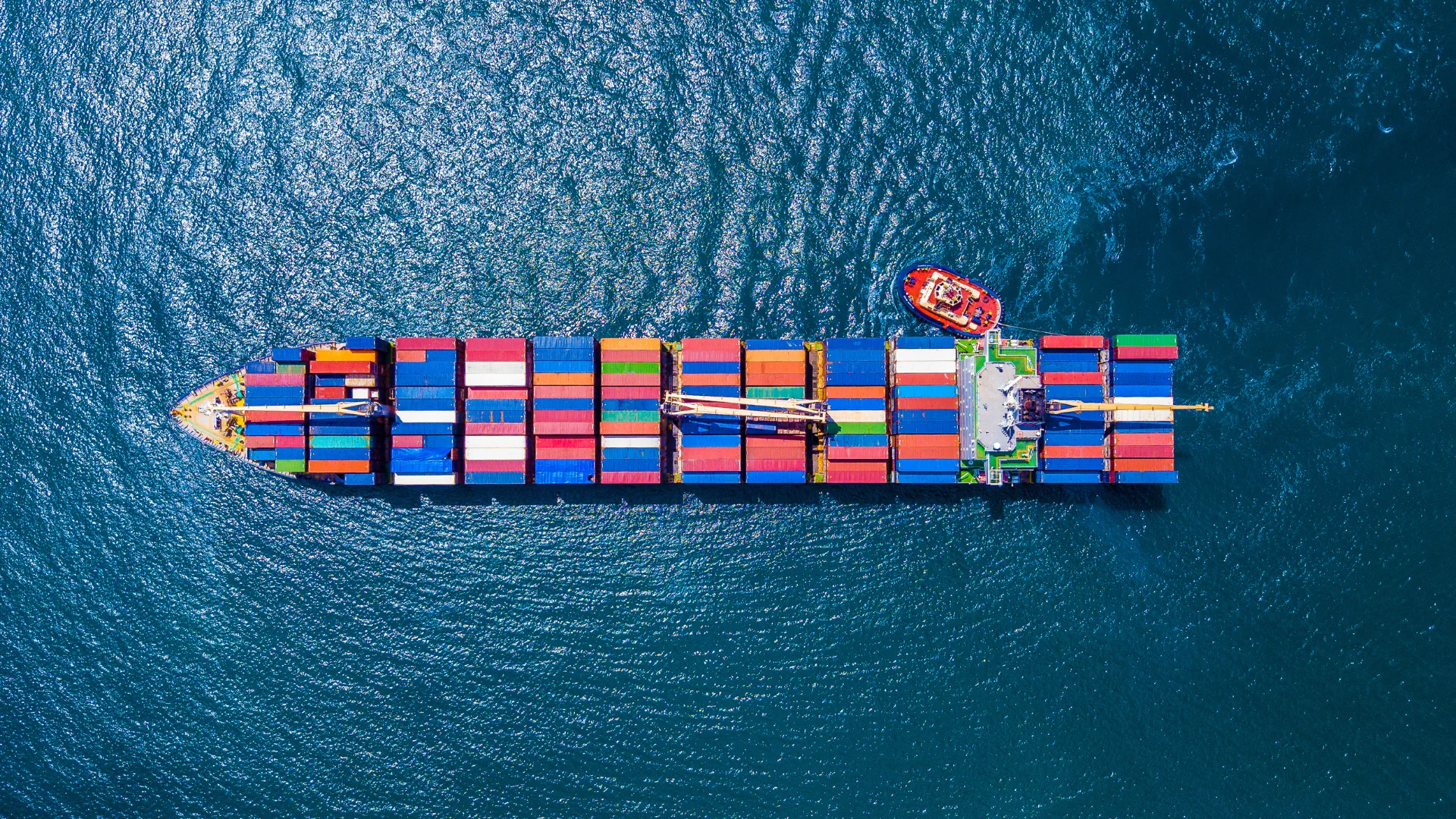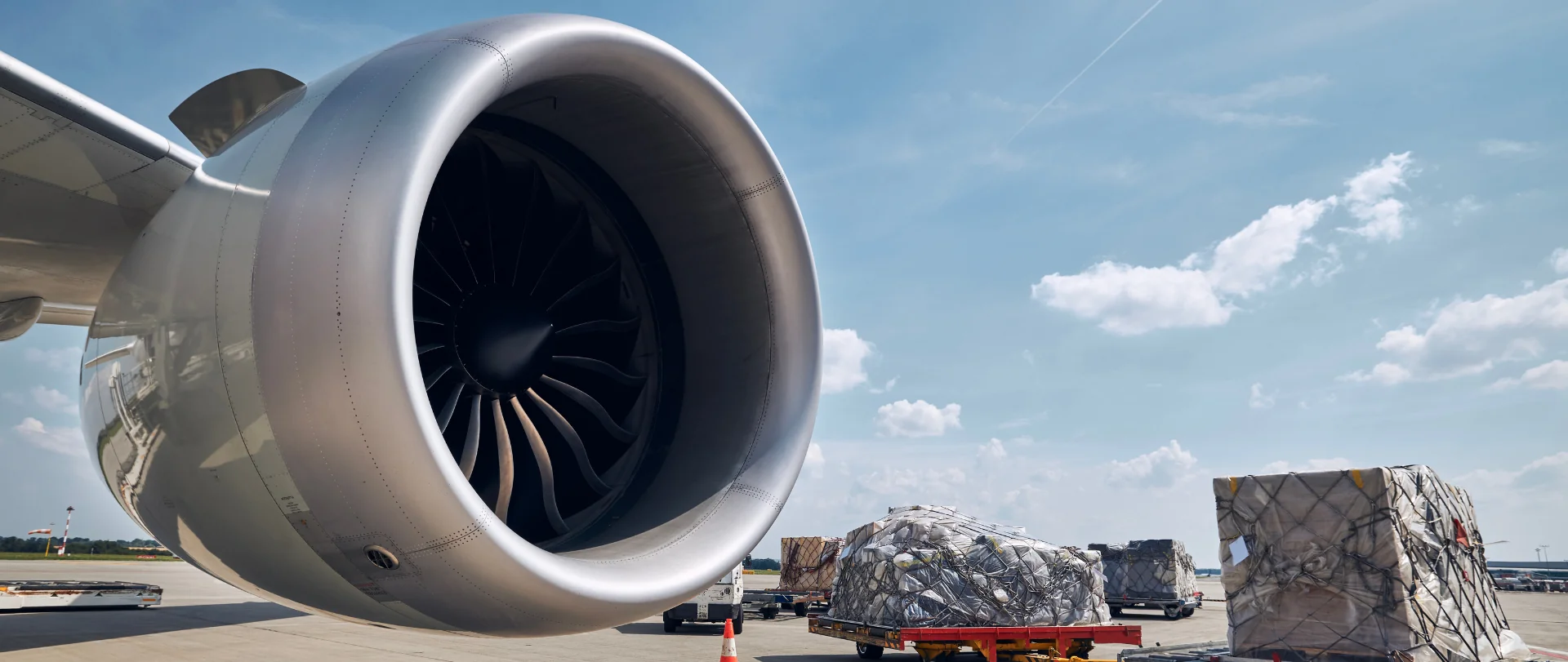What Is Cargo? Where Does It Go?
Cargo encompasses many products, including raw materials, finished goods, machinery, equipment, vehicles, and consumer goods. Cargo can be transported domestically or internationally and may be packaged in containers, crates, pallets, or other forms of packaging to ensure safe and secure transportation. The term “cargo” is commonly used in logistics, shipping, and transportation industries to refer to the items transported from one location to another.
Cargo, in its essence, encompasses the goods and commodities that fuel global trade and commerce. From the raw materials sourced from distant mines to the finished products adorning store shelves, cargo represents the tangible assets that move through the veins of the transportation industry.
Understanding the intricacies of cargo is paramount for navigating the complexities of modern logistics. Effective cargo management ensures the smooth flow of goods from point A to point B, optimizes resource allocation, minimizes costs, and enhances overall supply chain efficiency. In a world where time is money and customer satisfaction is critical, a deep understanding of cargo is indispensable for businesses seeking to thrive in the competitive global trade landscape.
In its broadest sense, Cargo refers to goods, merchandise, or commodities that are transported across various modes of transportation, including ships, airplanes, trucks, and trains. It encompasses everything from the raw materials sourced from mines and quarries to the finished products consumers purchase and use daily.
The vast diversity of cargo types encompasses many products essential for sustaining economies and fulfilling consumer needs. This diversity includes raw materials such as metals, minerals, and agricultural products, which are the building blocks for manufacturing processes. Additionally, Cargo includes electronics, clothing, household appliances, machinery, equipment, and vehicles used in various industries. Consumer products, from food and beverages to electronics and furniture, constitute a significant portion of Cargo transported worldwide. Understanding the breadth and scope of cargo types is essential for effectively managing logistics operations and ensuring the seamless movement of goods throughout the supply chain.

Types of Cargo
Dry Goods: Dry goods constitute a broad category of cargo that includes non-perishable items such as textiles, electronics, building materials, and consumer goods. These goods are typically packaged and transported in standard shipping containers or pallets, making them suitable for various transportation modes.
Perishable Goods: Perishable goods encompass items with limited shelf life or that require specific temperature-controlled environments to maintain their quality and freshness during transportation. Examples include fresh produce, dairy products, frozen foods, pharmaceuticals, and flowers. Perishable goods often require specialized refrigerated or insulated containers and expedited shipping to prevent spoilage.
Hazardous Materials: Hazardous materials, also known as dangerous goods, pose risks to health, safety, property, or the environment if not handled correctly during transportation. These materials are categorized into classes based on their properties and potential hazards, such as flammable liquids, corrosive substances, toxic gases, and explosives. Hazardous materials require strict compliance with regulations, proper packaging, labeling, and documentation, and specialized handling procedures to ensure safe transport.
Oversized or Heavy Equipment: Oversized or heavy equipment comprises machinery, industrial components, and vehicles that exceed standard size and weight limits for transportation. Examples include construction equipment, industrial machinery, oversized vehicles, and aerospace components. Transporting oversized or heavy equipment often requires specialized trailers, permits, and routing considerations to accommodate their dimensions and weight. Securing and loading such cargo may involve specialized equipment and expertise to ensure safe and secure transportation.
Importance of Cargo Handling
Businesses can minimize risks, reduce costs, and enhance the overall efficiency and reliability of their supply chain operations by prioritizing proper cargo handling techniques and leveraging the expertise of cargo handlers, freight forwarders, and carriers.
Here are a few ways how:
Packaging and Labeling: Proper packaging and labeling are essential for protecting goods from damage during transportation and ensuring accurate identification and tracking. Cargo should be packaged securely using appropriate materials and techniques to withstand handling, stacking, and environmental conditions. Precise and accurate labeling facilitates easy identification, sorting, and tracking of shipments, reducing the risk of errors and delays.
Loading and Unloading Procedures: Efficient loading and unloading procedures minimize dwell times and optimize workflow at transportation hubs, warehouses, and distribution centers. Cargo handlers utilize specialized equipment such as forklifts, pallet jacks, and cranes to safely and efficiently load and unload shipments from trucks, containers, or aircraft. Proper sequencing and organization of cargo help maximize space utilization and minimize the risk of damage or loss during handling operations.
Transporting and Storing Goods Safely: Safeguarding cargo during transit requires adherence to safety regulations, best practices, and industry standards. Cargo handlers, freight forwarders, and carriers ensure that goods are transported and stored safely at every journey stage. This includes securing cargo to prevent shifting or damage, maintaining proper temperature and humidity levels for perishable or sensitive items, and mitigating risks such as theft, contamination, or spoilage.
Role of Cargo Handlers, Freight Forwarders, and Carriers: Cargo handlers, freight forwarders, and carriers collaborate closely to orchestrate the seamless movement of goods from origin to destination. Cargo handlers oversee shipments’ physical handling and processing, ensuring they are adequately packaged, labeled, and loaded for transport. Freight forwarders coordinate logistics services, including booking shipments, arranging transportation, and managing documentation and customs clearance. Carriers execute the actual transportation of goods by road, air, sea, or rail, ensuring timely delivery and adherence to service commitments.
Cargo Transportation Modes
Understanding the advantages and limitations of each transportation mode is essential for selecting the most suitable option based on factors such as shipment urgency, destination, cost considerations, and environmental impact. By leveraging a combination of these transportation modes and optimizing multimodal logistics solutions, businesses can enhance supply chain resilience and effectively meet evolving customer demands:
Air Freight: Air freight provides rapid transit times, making it ideal for time-sensitive shipments and perishable goods. Air cargo offers global reach and connectivity, enabling businesses to access markets worldwide quickly and efficiently. However, air freight can be costly, especially for bulky or heavy cargo, and is subject to capacity constraints and weather-related disruptions.
Ocean Freight: Ocean freight is a cost-effective option for transporting large volumes of cargo over long distances, particularly for bulky or non-perishable goods. Containerized shipping has standardized procedures and equipment, facilitating seamless intermodal transport. However, ocean freight is slower than air transport and may be susceptible to delays due to weather conditions, port congestion, or customs clearance procedures.
Trucking: Trucking offers flexibility, accessibility, and door-to-door service, making it well-suited for domestic transportation and last-mile delivery. Trucks can navigate diverse terrains and reach remote locations that may be inaccessible by other modes of transport. Additionally, trucking enables just-in-time delivery and facilitates quick turnaround times. Nonetheless, trucking may be affected by traffic congestion, driver shortages, and regulatory restrictions.
Rail Freight: Rail freight is an efficient and environmentally friendly mode of transportation for moving large volumes of cargo overland. Rail networks offer extensive coverage and connectivity across continents, providing cost-effective solutions for long-haul transportation. Rail freight is well-suited for transporting heavy or oversized cargo, such as bulk commodities and industrial goods. However, rail transit times may be longer than air or trucking, and rail infrastructure limitations may restrict access to specific locations.
Why Choose FreightCenter for Your Cargo Shipping Needs?
FreightCenter is a premier logistics platform offering a comprehensive suite of services to streamline cargo shipments. Our platform provides several key benefits:
Access to Discounted Shipping Rates: Unlock competitive rates from top carriers to ensure cost savings for cargo shipments.
Easy Online Booking and Tracking: Simplify the shipping process with our user-friendly online platform, allowing you to book shipments and track their progress effortlessly.
Expert Guidance and Support: Benefit from the expertise of our logistics professionals, who can provide personalized assistance and guidance throughout your shipping journey.
Take the next step with FreightCenter:
- Request a Free Quote: Obtain a customized cargo shipment quote tailored to your needs and requirements.
- Sign Up for a FreightCenter Account: Streamline your shipping process by creating an account with FreightCenter, which gives you access to advanced tools and features.
- Contact Our Customer Service: Contact our dedicated customer service team for personalized assistance and support, ensuring a seamless shipping experience.






